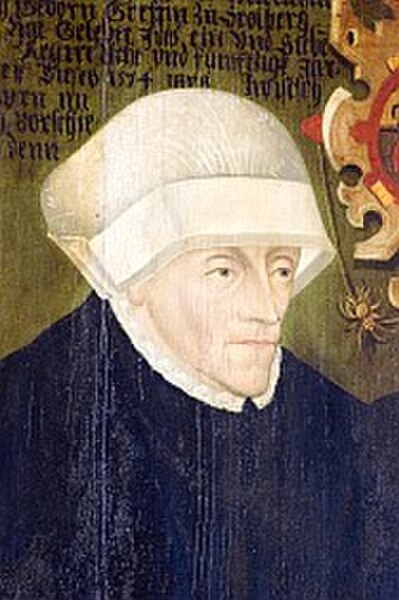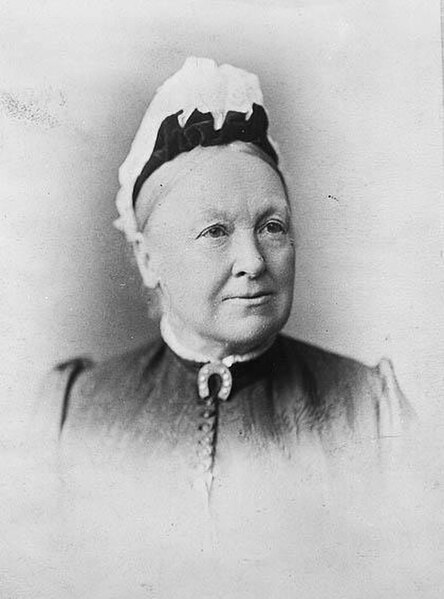Women's suffrage is the right of women to vote in elections. At the beginning of the 18th century, some people sought to change voting laws to allow women to vote. Liberal political parties would go on to grant women the right to vote, increasing the number of those parties' potential constituencies. National and international organizations formed to coordinate efforts towards women voting, especially the International Woman Suffrage Alliance.
Anna II, Abbess of Quedlinburg. In the pre-modern era in some parts of Europe, abbesses were permitted to participate and vote in various European national assemblies by virtue of their rank within the Roman Catholic and Protestant churches.
South Australian suffragist Catherine Helen Spence stood for office in 1897. In a first for the modern world, South Australia granted women the right to stand for Parliament in 1895.
Marie Stritt (1855–1928), German suffragist, co-founder of the International Alliance of Women
French pro-suffrage poster, 1934
Women's rights are the rights and entitlements claimed for women and girls worldwide. They formed the basis for the women's rights movement in the 19th century and the feminist movements during the 20th and 21st centuries. In some countries, these rights are institutionalized or supported by law, local custom, and behavior, whereas in others, they are ignored and suppressed. They differ from broader notions of human rights through claims of an inherent historical and traditional bias against the exercise of rights by women and girls, in favor of men and boys.
Women's rights
Annie Kenney and Christabel Pankhurst campaigning for women's suffrage
Ancient Sumerian bas-relief portrait depicting the poet Enheduanna
Statue of the female pharaoh Hatshepsut on display at the Metropolitan Museum of Art








